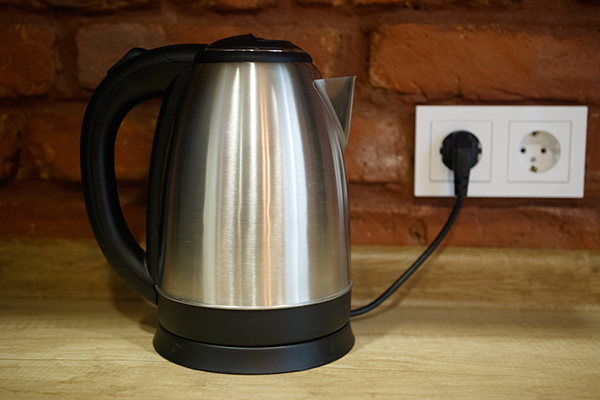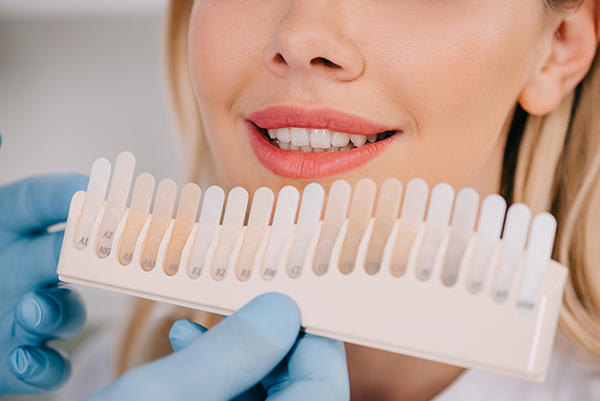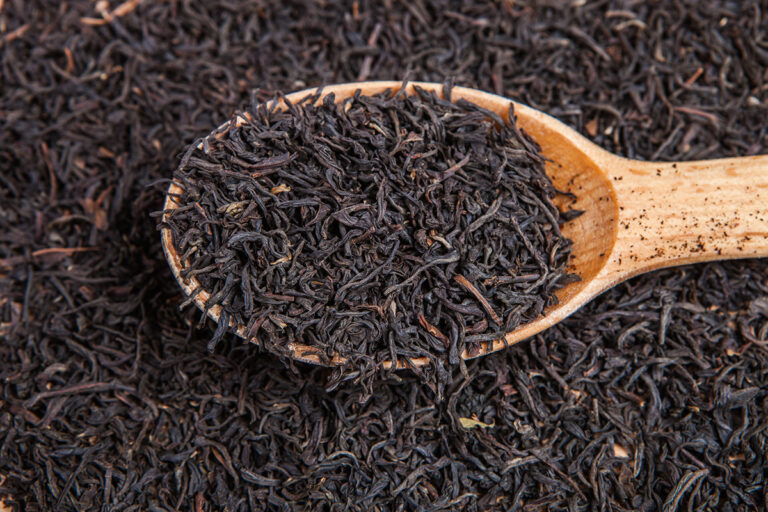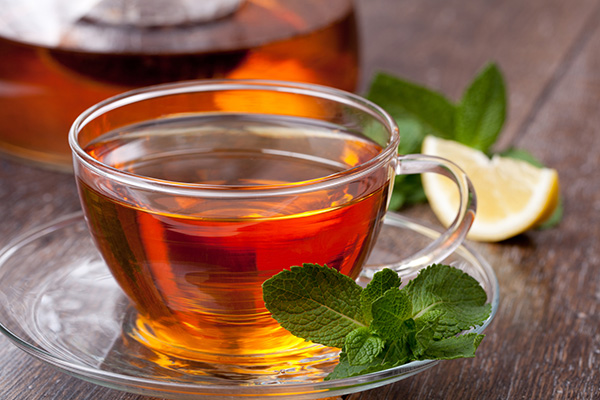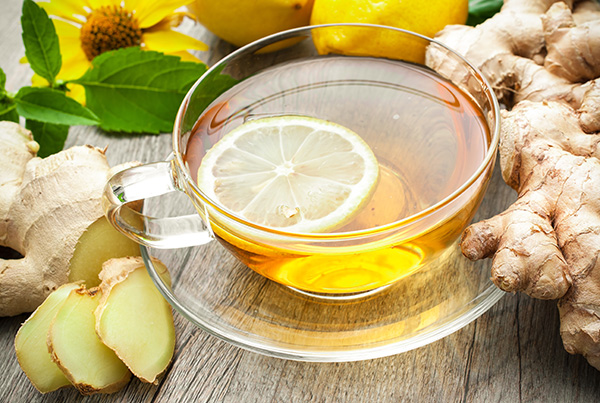How to Make Tea in the Microwave
Making tea in a microwave might not be the first method that comes to mind, but it can be a quick and convenient alternative when you’re short on time or lack access to a kettle. While microwaving tea might not provide the same level of control over water temperature and steeping time as traditional methods, it’s still possible to enjoy a satisfying cup of tea.
In this article, we will guide you through a step-by-step process for making tea in the microwave and answer some common questions related to this unconventional brewing method.
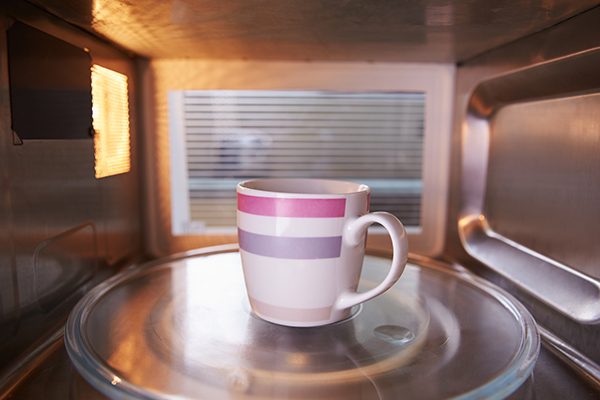
Is Microwaving Tea a Good Idea?
Microwaving tea is a matter of personal preference and convenience. While it is not considered the traditional way of preparing tea, microwaving can be used as a quick method to heat water for tea or reheat a cup that has gone cold.
There are a few factors to consider when deciding whether microwaving tea is a good idea for you:
- Flavor and quality: Some tea enthusiasts argue that microwaving tea can result in an uneven temperature, which might affect the steeping process and the release of flavors. The ideal water temperature varies depending on the type of tea you are brewing. Microwaving may not allow for precise temperature control, which can impact the taste and quality of your tea.
- Convenience: If you are short on time or don’t have access to a kettle or stove, microwaving tea can be a convenient way to heat water quickly. Just make sure to use a microwave-safe cup and avoid using metal utensils or containers, as they can cause sparks or damage the microwave.
- Health concerns: There have been some concerns about the potential loss of nutrients or changes in the chemical composition of tea when microwaved. However, there is no conclusive evidence to support these claims, and many experts believe that microwaving tea is safe from a health perspective.
Microwaving tea can be a convenient and quick option, but it may not be the best method for achieving the ideal taste and flavor.
If you’re particular about your tea’s quality and enjoy its ritual, you might prefer to use a kettle or other traditional methods. If convenience is your top priority, microwaving can be an acceptable alternative.
How to Make Tea in the Microwave
Here’s a detailed step-by-step process to make tea in the microwave:
- Choose your tea: Select the type of tea you want to make, whether it’s a tea bag or loose-leaf tea. Keep in mind that different types of tea require different steeping times and water temperatures.
- Prepare your cup: Choose a microwave-safe cup or mug. If using loose-leaf tea, place a tea infuser or tea ball filled with the appropriate amount of tea leaves in the cup. For tea bags, simply place the tea bag in the cup. Important: you won’t be using your regular cup to boil water in the microwave.
- Measure the water: Measure the desired amount of water for your cup of tea. The general guideline is to use about 8 ounces (240 ml) of water for one tea bag or one teaspoon of loose-leaf tea. However, this may vary depending on the type and strength of tea you prefer.
- Heat the water: Pour the water into a separate microwave-safe container or glass measuring cup. Place it in the microwave and heat on high power. The heating time will depend on your microwave’s wattage and the desired water temperature. As a rough guide:
- For green and white teas, heat the water for 1-2 minutes, aiming for a temperature of 160-175°F (70-80°C).
- For oolong tea, heat the water for 2-3 minutes, aiming for a temperature of 180-190°F (80-90°C).
- For black and herbal teas, heat the water for 2-3 minutes, aiming for a temperature of 200-212°F (93-100°C).
- Check the water temperature: Carefully remove the container from the microwave, using a microwave-safe mitt or towel if needed. Use a kitchen thermometer to check the water temperature. If it’s too hot, let it cool down for a few seconds before proceeding.
- Pour and steep: Pour the heated water over the tea bag or infuser in your cup. Allow the tea to steep according to the recommended time for the type of tea you’re brewing:
- Green and white teas: 1-3 minutes
- Oolong tea: 3-5 minutes
- Black tea: 3-5 minutes
- Herbal teas: 5-7 minutes
- Remove the tea bag or infuser: Carefully remove the tea bag or infuser from the cup once the steeping time is up. Be sure to avoid squeezing the tea bag, as this can release bitterness into your tea. If using an infuser, tap it gently to remove any excess water.
- Add sweeteners or milk (optional): If desired, add your preferred sweetener, such as sugar, honey, or a sugar substitute, and stir well. You can also add milk, cream, or a dairy alternative if you prefer a creamier tea.
- Enjoy: Your microwaved tea is now ready to enjoy! Be careful, as the cup and tea may still be quite hot.
While making tea in the microwave is a quick and convenient method, it may not provide the same level of control over water temperature and steeping time as more traditional methods.
Experiment with different heating times and tea varieties to find the combination that works best for you.
Final Thoughts
Microwaving tea can be a practical and time-saving option for heating water or reheating a cold cup of tea. Although it might not be the ideal method for achieving the perfect taste and flavor, it’s a viable alternative when convenience is a priority.
By following the detailed steps outlined in this article and adjusting the heating times and water temperatures as needed, you can enjoy a satisfying cup of tea made in the microwave. Just remember that the quality of your tea experience will always depend on your personal preferences and the attention you give to the brewing process.
FAQ
Can We Use a Normal Tea Cup in the Microwave?
Whether you can use a normal tea cup in the microwave depends on the material it is made from and if it is labeled as microwave-safe. Some materials can be safely microwaved, while others may not be suitable due to the risk of damage or safety hazards.
Materials that are generally microwave-safe:
- Glass: Most glassware, including borosilicate glass, can be safely used in the microwave. However, it’s essential to ensure that the glass doesn’t have any metallic components or decorations, as they can cause sparks and damage the microwave.
- Ceramic: Many ceramic cups are microwave-safe as long as they don’t have any metallic components, such as gold or silver trim, which can cause sparks. If you’re unsure, check for a “microwave-safe” label on the bottom of the cup.
- Porcelain: Similar to ceramic, most porcelain cups are microwave-safe as long as they don’t have metallic decorations or trim. Look for a “microwave-safe” label on the cup to be sure.
Materials that are generally not microwave-safe:
- Metal: Avoid using metal cups, utensils, or containers in the microwave, as they can cause sparks, damage the microwave, or even start a fire.
- Plastic: Some plastics may release harmful chemicals when heated in the microwave, or they may warp and melt. Only use plastic cups labeled as “microwave-safe” to avoid these issues.
To ensure that your teacup is safe to use in the microwave, check for a “microwave-safe” label or symbol on the bottom of the cup. If you’re unsure about your cup’s material or microwave safety, using a different microwave-safe container to heat your water or tea is best.
How Long to Microwave Water to Boil for Tea?
Here’s a table with approximate times for microwaving water based on different microwave wattages and desired temperatures for different types of tea:
| Tea Type | Ideal Water Temperature | 700 watts | 900 watts | 1100 watts | 1200 watts |
|---|---|---|---|---|---|
| Green Tea | 160-175°F (70-80°C) | 1-2 minutes | 1-1.5 minutes | 1 minute | 45-60 seconds |
| White Tea | 160-175°F (70-80°C) | 1-2 minutes | 1-1.5 minutes | 1 minute | 45-60 seconds |
| Oolong Tea | 180-190°F (80-90°C) | 2-3 minutes | 1.5-2.5 minutes | 1-2 minutes | 1-1.5 minutes |
| Black Tea | 200-212°F (93-100°C) | 2-3 minutes | 2-3 minutes | 1.5-2.5 minutes | 1.5-2 minutes |
| Herbal Tea | 200-212°F (93-100°C) | 2-3 minutes | 2-3 minutes | 1.5-2.5 minutes | 1.5-2 minutes |
Please note that these times are approximate and may vary depending on your specific microwave and the starting temperature of the water. It’s essential to monitor the water and adjust the time needed to reach your tea’s desired temperature.
Consider using a kitchen thermometer to ensure the water reaches the ideal temperature for your tea.
Keep in mind that these times are intended to provide a starting point, and you may need to adjust them based on your microwave and personal preferences. Always use caution when handling hot water and containers.
Is It Better to Boil Water in a Kettle or Microwave?
Both boiling water in a kettle and microwaving water have their pros and cons. The choice between the two methods largely depends on personal preference, convenience, and the desired outcome. Here’s a comparison of boiling water in a kettle versus microwaving:
- Heating time: Microwaving water can be faster, especially when heating smaller amounts of water. However, if you’re heating a large volume of water, a kettle might be more efficient, particularly if it’s an electric kettle.
- Energy efficiency: Electric kettles are generally more energy-efficient than microwaves or stovetop kettles, as they directly transfer heat to the water. Microwaves are also more energy-efficient than stovetop kettles, but they might be less efficient than electric kettles for heating water.
- Temperature control: Kettles, especially electric kettles with temperature settings, offer better temperature control for different types of tea. Microwaving water makes it more challenging to achieve precise water temperatures, which can impact the quality of the brewed tea.
- Safety: Boiling water in a kettle is considered safer than microwaving because of the risk of superheating in a microwave. Superheating can cause the water to suddenly boil or even explode when disturbed. However, this risk can be mitigated by placing a microwave-safe wooden spoon or sugar stick in the container to promote bubble formation and release steam.
- Taste and quality: Some people believe that using a kettle results in better-tasting tea due to more consistent water temperature and heating. However, this is a matter of personal preference, and many people find microwaved water to be acceptable for their tea.
Can You Put a Tea Bag in the Microwave?
Yes, you can put a tea bag in the microwave. But why would you? Generally, you should heat the water in the microwave, then take the microwave-safe container out of the microwave, pour the heated water into your regular cup, and then place a teabag into it.
If, for some reason, you decide to put a tea bag in the microwave and heat it along the water, make sure you’re using a microwave-safe cup or container.


